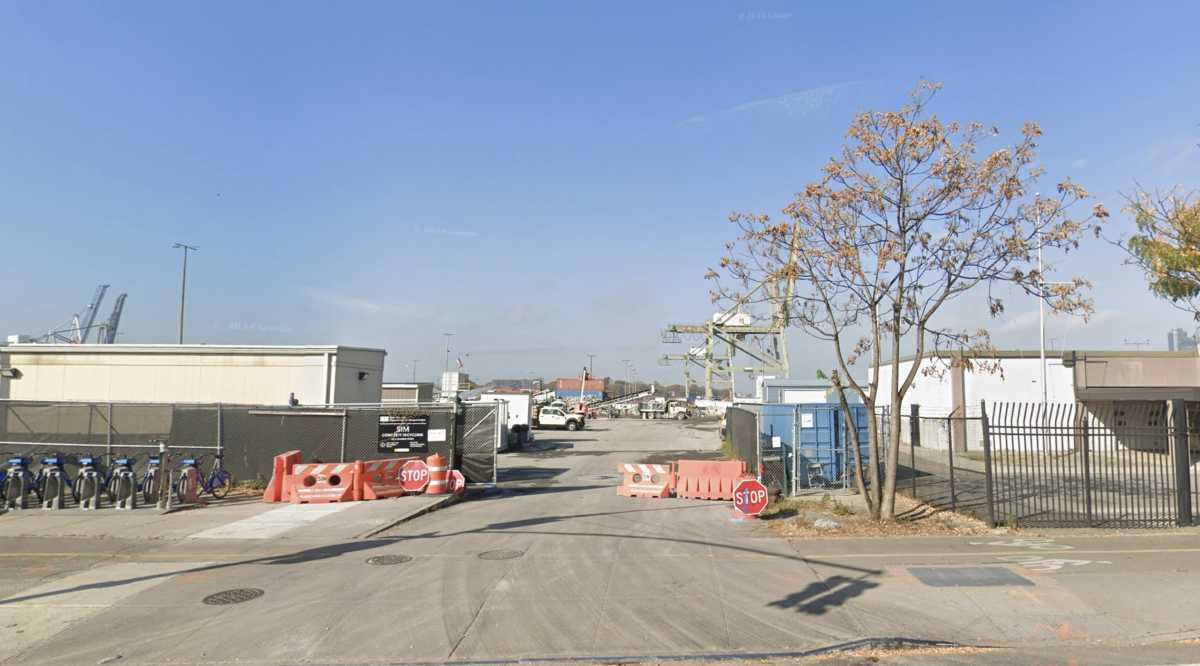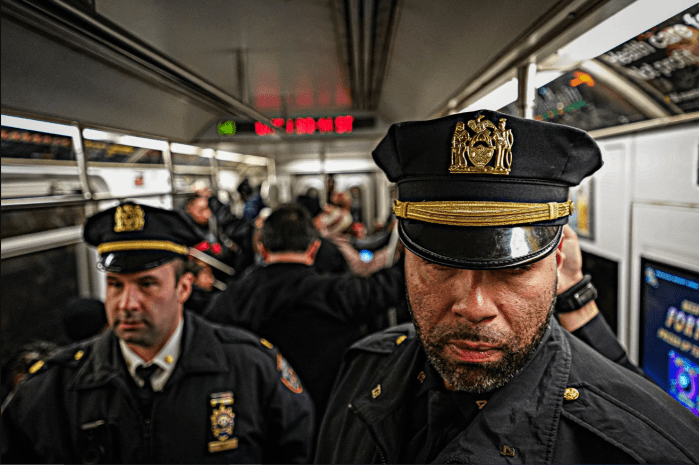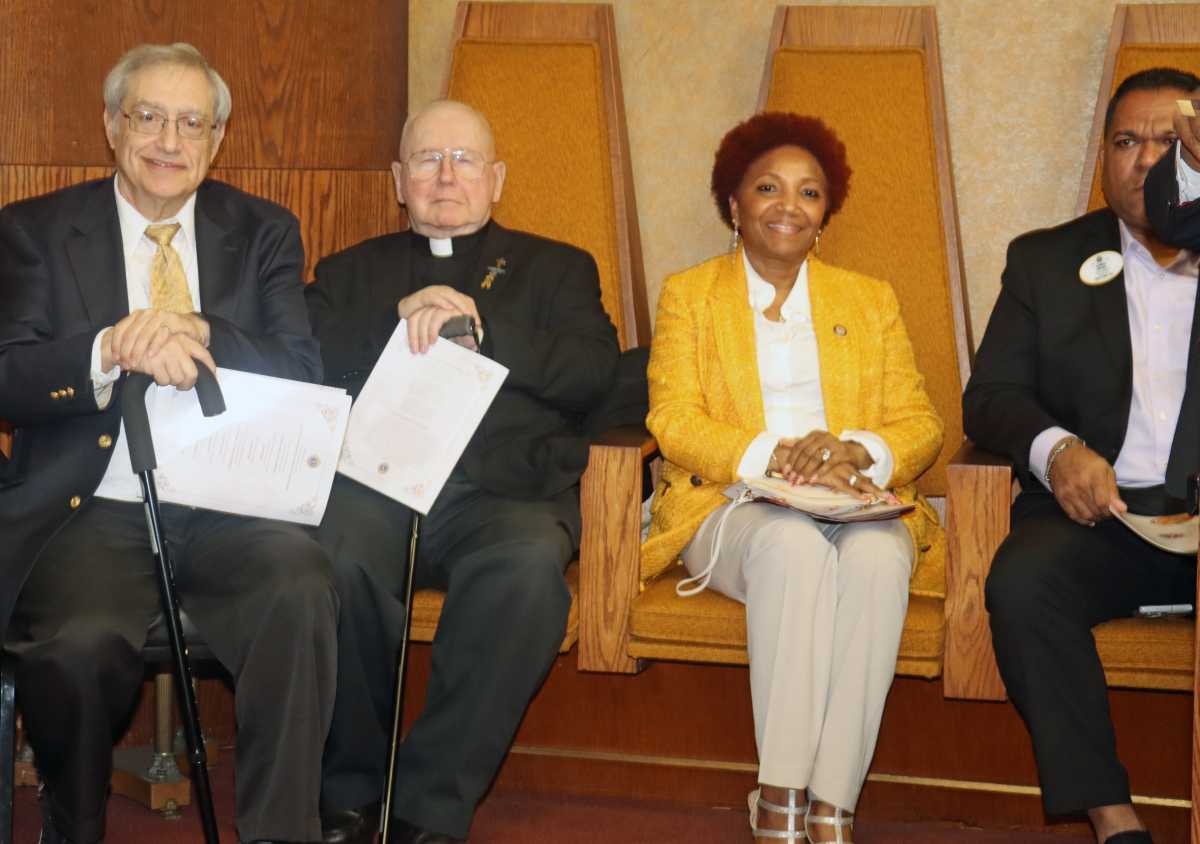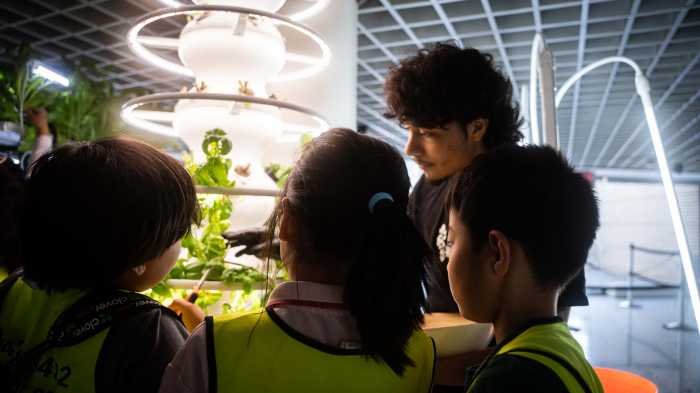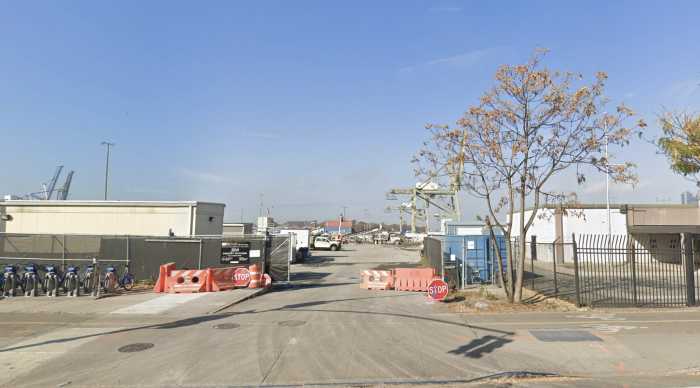City coyotes have made it clear: They are here to stay.
In recent years, the shy and wily critters have been spotted all over the boroughs, including in Central Park, Battery Park City, near LaGuardia Airport and golf courses in the Bronx.
A new pilot project aims to find out just how coyotes are stealthily navigating the city that never sleeps.
In February, three coyotes were trapped in the Bronx and fitted with radio collars as part of a joint effort by the Gotham Coyote Project and the city Parks Department.
“This is the only way to truly understand the movement of coyotes,” said Mark Weckel, a conservation scientist at the American Museum of Natural History and co-founder of the Gotham Coyote Project. “Are they limited to parks? If they do leave parks, how do they travel? This is an important part of the puzzle we couldn’t answer.”
The scientists, researchers and educators at Gotham Coyote — with the help of mounted cameras in parks — have been studying coyotes, analyzing scat and tracking family lines with DNA.
They also hope to dispel common misconceptions of coyotes, who, for the most part, don’t want anything to do with humans.
“In New York, there are all sorts of personalities and interests you never expect as a wildlife biologist,” said Chris Nagy, co-founder of Gotham Coyote. “People were either terrified and wanted to kill them or people were feeding them.”
Researcher Carol Henger estimates there are between 30 and 40 coyotes living in New York City. She analyzed the genetics of local coyotes and found connections to packs in Westchester County.
New Yorkers shouldn’t be surprised to see coyotes, nor hawks, deer, raccoons and other wildlife, experts say. For one thing, our concrete jungle has plenty of green space and animals that know how to adapt.
And while many two-legged city dwellers are thrilled to experience urban wildlife, others complain, calling police and animal control every time they spot a well-fed raccoon searching for another meal.
Through a public awareness campaign that includes subway and bus ads, family-friendly events, public talks and an interactive website, the Parks Department is aiming to teach New Yorkers about sharing the city and keeping their distance from wildlife.
“We think now is the perfect time to tell the story of coyotes to New Yorkers,” said Richard Simon, director of the Parks Department’s Wildlife Unit, which paid for the radio collars used in Gotham Coyote’s research project. “It’s important to show how they are living, breeding and using New York City as their habitat and their home.”
Simon said it’s vital for people to realize wildlife lives in the city and can’t always be moved out of sight.
“Most coyotes we are aware of live very quiet lives,” said Simon. “We are not suggesting they are harmless animals but knowing where they live and recognizing normal vs threatening behavior goes a long way to mitigate any potential conflict between coyotes and people.”
So far, early reports from the coyotes being tracked show they primarily stay in natural areas such as parks and shorelines, away from buildings and people.
Anna Vera and Tyler Nishimoto, two students with the American Museum of Natural History’s Science Research Mentoring Program, helped connect the collars with GPS and analyzed the coyotes movements last spring.
“I had no idea there were coyotes in New York City,” said Nishimoto, 16, a junior at LaGuardia High School in Manhattan. “There are so few of them and they are misanthropic. They really don’t want to interact with humans at all.”
“It’s part of being a New Yorker,” added Vera, 18, a senior at the Expeditionary Learning School for Community Leaders in Brooklyn. “We need to embrace these animals that are here and live with them in a respectful way.”
The hope is to avoid any fatal encounters, like the 2016 incident near a LaGuardia Airport construction site. A family of coyotes was trapped and euthanized after the Port Authority claimed they were creating a danger to employees. But some animal lovers howled in outrage, saying people — including airport workers — were actively feeding the coyotes.
“They prefer to stay away from us unless they are taught inadvertently or on purpose that they can get food from people,” said Nagy, director of research and education at the Mianus River Gorge in Westchester County.
Nagy said he hopes the new research will help shed some light on how coyotes pick their dens.
“I have run it a million different ways and I can’t find any pattern,” he said. “Coyotes can live pretty much anywhere given some amount of green space.”




